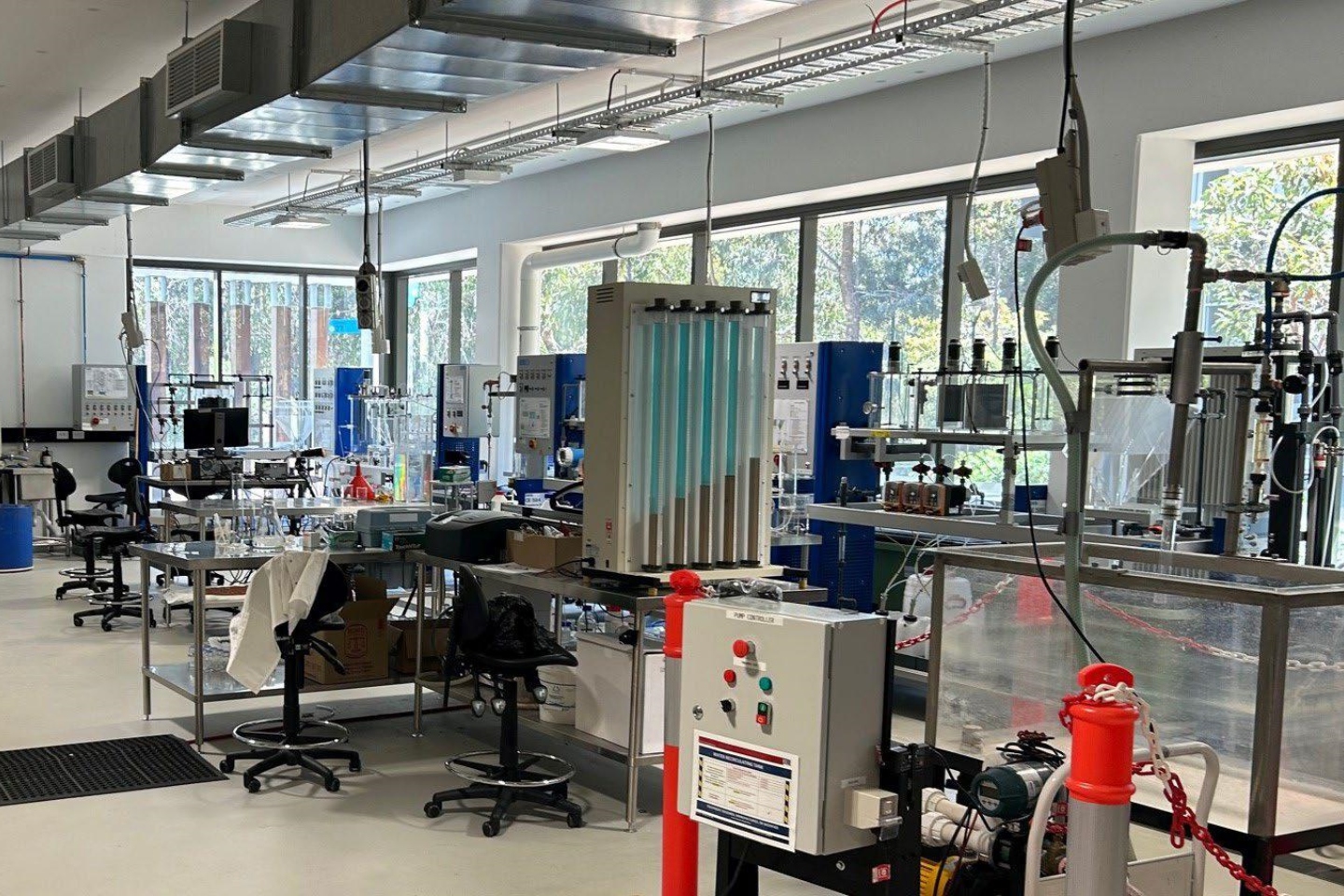Everest Metals Corporation is scaling up its Mt Edon critical mineral project in WA’s Mid West region after securing Edith Cowan University’s mineral research arm to help develop an innovative rubidium extraction process. The pair’s new research agreement will represent a key stage towards developing the dual-mineral deposit that sits about 350km from the town of Geraldton.

Everest Metals Corporation is scaling up its Mt Edon critical mineral project in WA’s Mid West region after securing Edith Cowan University’s mineral research arm to help develop an innovative rubidium extraction process.
The research agreement with Edith Cowan University’s Mineral Recovery Research Centre (MRRC) will represent a key stage towards developing the dual-mineral deposit that sits about 350km from the town of Geraldton.
The company says research activities will be undertaken at the MRRC for up to a year. It says due to the increasing need for sustainable and environmentally-friendly extraction processes, the studies will be aimed at developing a new innovative extraction technique that maximises the recovery of rubidium and mica.
Everest says the cutting-edge direct rubidium extraction process uses advanced techniques such as ion exchange and encompasses purification and refining, ultimately converting into an end-product such as rubidium slat and metal.
The process is expected to produce mica as a by-product that will favourably enhance the project’s economics. Management says a positive aspect of the agreement is that it will own all of the intellectual property rights obtained from the research.
Everest Metals Corporation executive chairman Mark Caruso said: “The company is very encouraged by strong global demand for mica at US$300 per tonne and growing demand for Rubidium, despite the US$1200 per kg price tag. As high-value Rubidium grades are primarily associated with well- developed white mica-muscovite, mica would be a by-product during the rubidium extraction process.”
Management says it plans to conduct resource definition and new target drilling beginning in the coming June quarter. Drilling will comprise two phases, with the first phase expected to occur in May-June and the second in August-September.
It says phase one will encompass about 1600m of reverse-circulation (RC) drilling, with 18 holes at a spacing of 40m along strike and 20m across strike. A further seven holes will test individual pegmatites parallel to the main orebody and assist in defining a mineralised wireframe and generate an inferred mineral resource estimate.
googletag.cmd.push(function() { googletag.display('bn-dfp-article-lb2-advert'); });The company says phase two will comprise about 1400m of RC drilling, with infill-drilling extending to 20m along strike and designed for use in the calculation of a maiden JORC 2012 mineral resource estimate, planned for the December quarter.
Everest says a program of works approval for drilling was recently granted from the Department of Mines, Industry, Industry Regulation and Safety (DMIRS). The company says it is also planning environmental studies, along with relevant documentation for developing a mining proposal and expects them to run simultaneously with the MRRC development work.
Rubidium was classified as a designated critical mineral by the most recent United States Government geological survey. It has potential for use across a wide range of high-tech and traditional industries.
It is often associated with caesium and lithium mineralisation and its compounds are used in biomedical research, electronics, specialty glass, pyrotechnics and military industrial applications.
Researchers believe it could potentially be used as a propellant in ion engines on spacecraft, in addition to its use in specialty glasses for fibre-optic telecommunication systems. The critical mineral also has several uses in medical science, such as in positron emission tomographic (PET) imaging.
The growing catalogue of uses for the mineral strengthens its demand dynamics, which may help maintain a strong price. The current price is about US$1200 (AU$1830) per kilogram for rubidium carbonate.
The global market for mica is driven by applications across a diverse set of industries such as construction, cosmetics, electronics, rubber, plastic, paints and coatings.
Everest’s latest agreement with MRRC, combined with its approach to developing multiple critical mineral offerings – each with its own diverse range of uses – could see it scaling new heights in the near future.
Is your ASX-listed company doing something interesting? Contact: matt.birney@businessnews.com.au
















